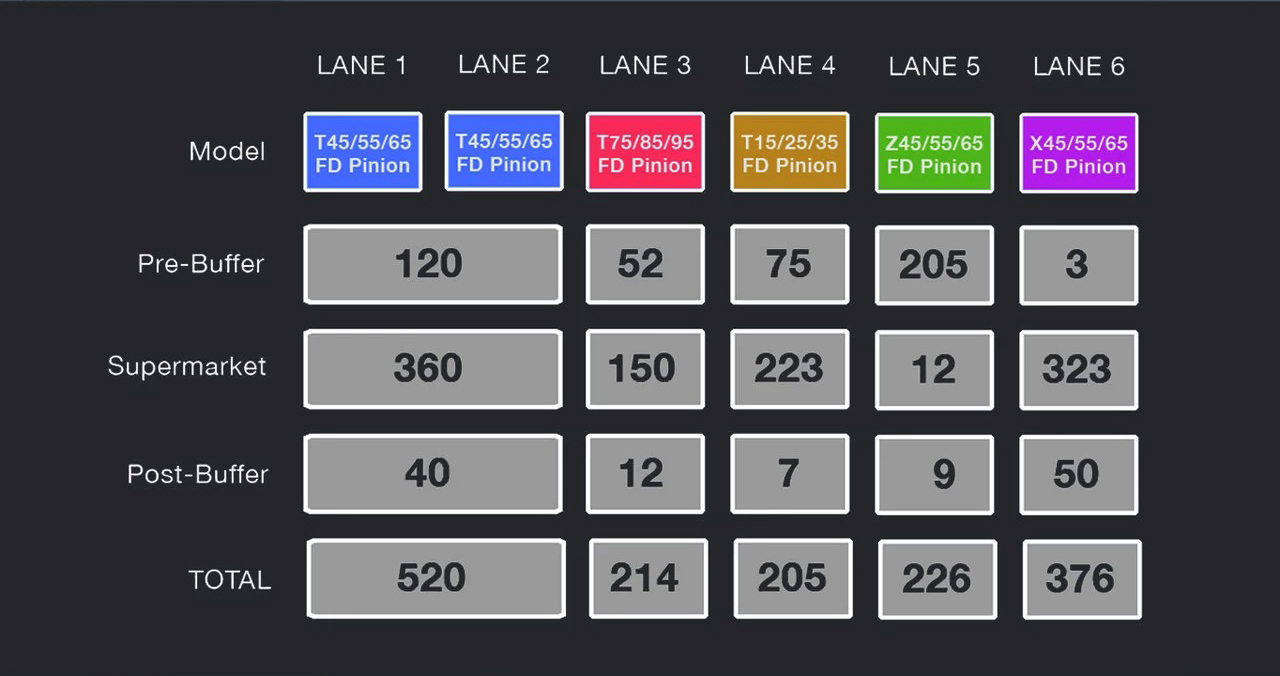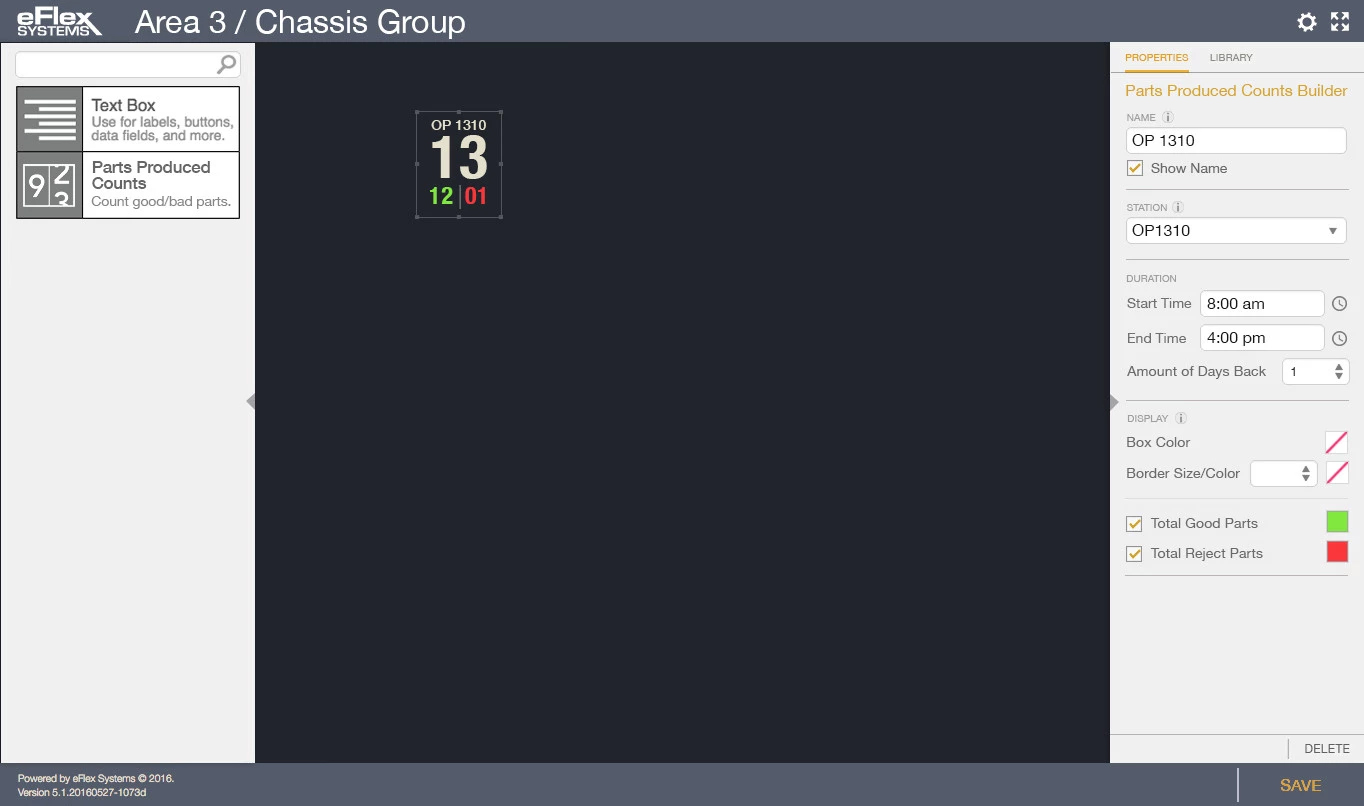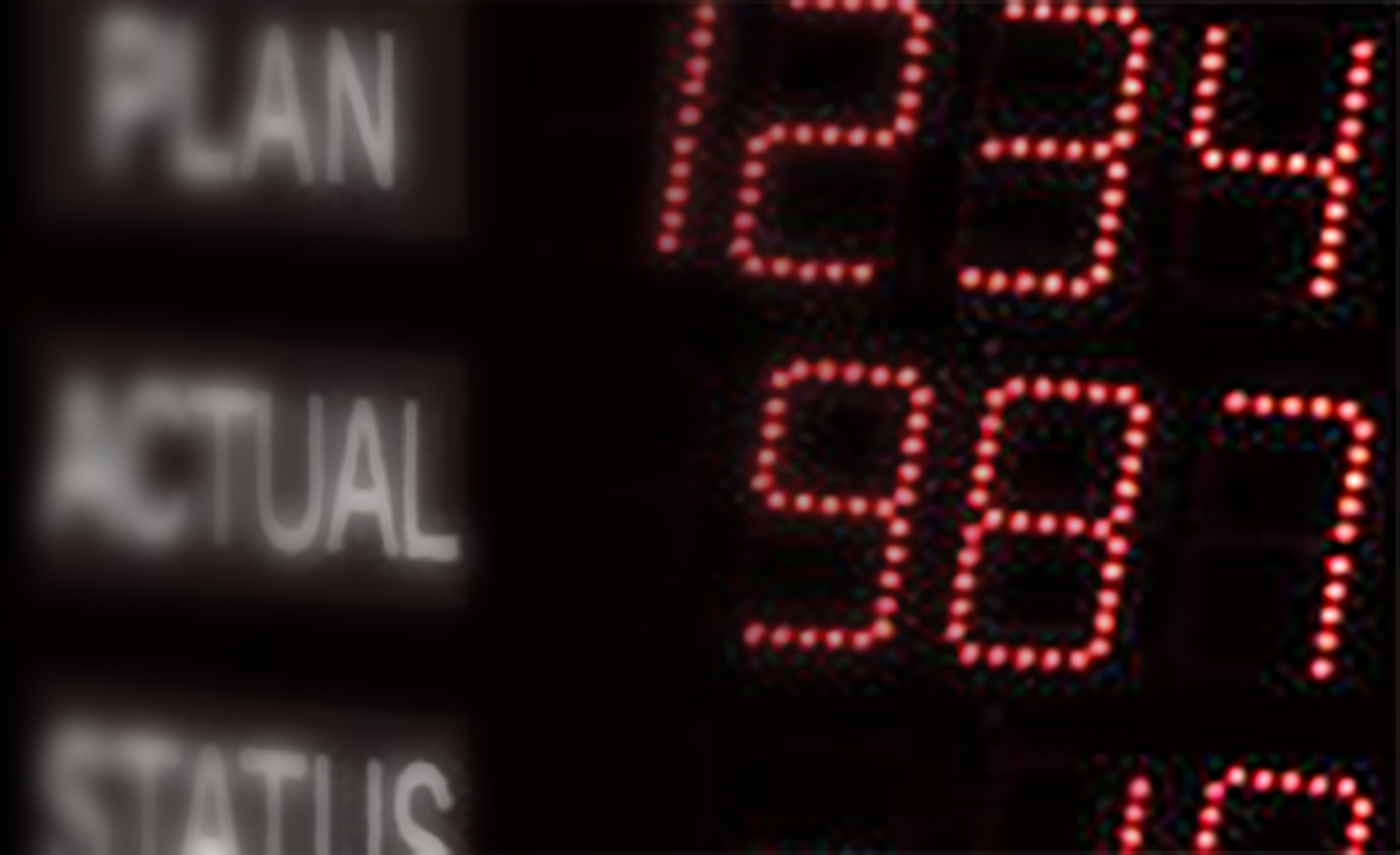Industry 4.0 Andon

"John," my boss called from the conference room, "Design me an Andon board."
"Okay," I answered, like I knew what he was asking for.
"Google. Andon board."
 Upon research, Andon boards are those big, ugly LED signs above the factory floor that displayed this or that data, often OEE data, but also parts built—good and rejected, or some other manufacturing related data. Research showed there wasn't a whole lot of variation in what could be displayed though. The sign makers made their models like this or that—take your choice. And did I say they were ugly? Research also revealed they were very expensive. Industrial expensive.
Upon research, Andon boards are those big, ugly LED signs above the factory floor that displayed this or that data, often OEE data, but also parts built—good and rejected, or some other manufacturing related data. Research showed there wasn't a whole lot of variation in what could be displayed though. The sign makers made their models like this or that—take your choice. And did I say they were ugly? Research also revealed they were very expensive. Industrial expensive.
As I sat there thinking what to do with this, I mean I was really only designing the configuration process to make the eFlex application communicate with these... I wondered and asked myself why an "Andon board" had to be one of these prehistoric, ugly, LED boards. I mean for a fraction of the cost I could buy a huge hi-res TV and jack whatever I want on to it. I convinced myself. But this was really only the second big design project at a new job for me. Would a disruptive design fly with veteran manufacturers—my bosses? Still it was the right direction. The mockup above with the OEE and station data was what I pitched.
Well, it certainly was the right direction. And would be much easier to develop and way more versatile for the user to utilize. Green light. Now the fun part, designing the configuration process. After a couple preliminary explorations—as the door was wide open as how to handle it with no kind of set patterns or style guides yet established—I finally settled on a design which would then be a pattern for app-in-app design on the eFlex application. That pattern being like many modern apps with workspace in the center flanked by side panels for tools and for configuration properties.



The mockups above show the first preliminary explorations, using the original concept mockup as a focus to configure. There would need to be at least four or five tools needed to build this mockup as it is. Text and Shapes. A Production Counter and a Circle Timer. And, an Embedded URL tool would be needed to display graphs and charts from Business Intelligence.

The whole initial idea was to create tools or modules that allow the user to create whatever kind of overhead display they choose. And not only would it be a versatile Andon board, but the same display could be viewed anywhere. A station monitor. Command control. A display in the corporate lobby. Or even on a laptop swinging in a hammock in the Muldives. A couple dozen different tool sets were conceived and mocked to display a lot of different types of information.
This all actually fit perfectly for a requirement coming in from a transmission plant in Mexico seeking to have highly visible tracking of parts supply to track how many parts in each Pre-Buffer, Supermarket, Post-buffer for each model of transmission.

Unfortunately, the flexibilty and vesatility I was seeking was a little too much for our current-at-the-time tech stack. What I ended up having to work with—a library that based layout on a funky grid system currently at the time used on Task Configuration cards. Here, limited to setting column and row numbers, then any tool dragged onto the workspace defaulted to that of a cell size. That is, if the row and column size were each, say, 4, then dragging a tool to the workspace would fill one of 16 cells. It could then be resized as long it filled another full cell or more. But nothing in between.



As limiting as that was, it was still a doable and beneficial endeavor... until the user changes the number in columns or rows and that would muck up any existing layout unpredictably. Development was shelved, then continued MVP, reducing the number of tool sets to Text Box, Parts Produced Counter, OEE, and Embedded URL (as shown above)—all needed to display anything of worth, yet enough to be quite beneficial.



The Embedded URL in and of itself is quite powerful allowing most any URL to be displayed. The development of a Business Intelligence tool allowed realtime numbers and stats to be easily displayed (as shown above).
Though scope and development has cooled a bit on Andon, it's still a viable aspect of the application. Customer interest will drive further development. I see one future avenue of development would be the AR aspect with pointing an iPad at a machine to scan its maintenance schedule, or read the OEE of a station. Or do likewise with AR glasses. Inspect parts as they come through an assembly line station. Focus the crosshairs within your glasses to the barcode or serial number on a part to see if it’s the correct one—or, view its entire build history if need be. Scan to the next part—it’s been contained. Pull it. Or view the entire plant and ping a station to view its manufacturing cycle time average or OEE. Compare it to the next machine. Do a root cause analysis. Do instant analysis.





